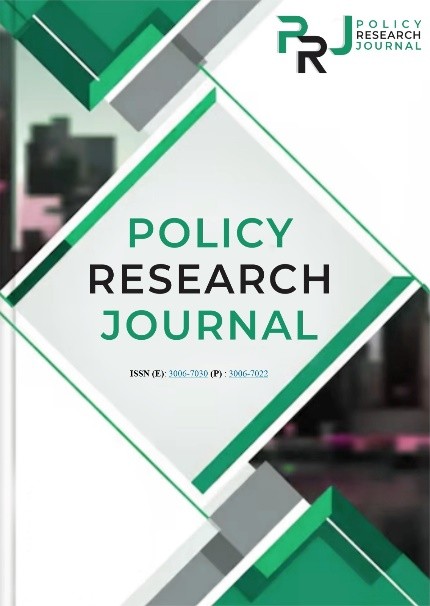NUTRITIONAL, ANTIOXIDANT, AND MICROBIAL QUALITY OF TRADITIONAL BALOCHI DRIED MEAT (LANDHI) ENHANCED WITH POMEGRANATE SEED POWDER
Keywords:
NUTRITIONAL, ANTIOXIDANT, MICROBIAL QUALITY OF TRADITIONAL, BALOCHI DRIED MEAT, (LANDHI) ENHANCED WITH, POMEGRANATE SEED POWDERAbstract
Traditional Balochi dried meat, known as Landhi, represents a culturally significant method of meat preservation in South Asia. This study aimed to evaluate the nutritional composition, microbiological stability, antioxidant potential, physicochemical attributes, and sensory properties of Landhi prepared with varying concentrations of pomegranate seed powder (PSP). Treatments included PSP levels of 0 g (T0), 5 g (T1), 10 g (T2), 15 g (T3), and 20 g (T4), while salt concentration remained constant across samples. Proximate analysis revealed that PSP incorporation enhanced protein retention, reduced lipid oxidation, and improved ash and phenolic content compared to control samples. Antioxidant assays (DPPH and FRAP) demonstrated increased radical scavenging activity with higher PSP levels, while microbiological analysis confirmed lower total plate counts in PSP-treated samples, particularly T4. Sensory evaluation indicated improvements in tenderness but reductions in juiciness and overall acceptability at higher PSP concentrations. The findings suggest that PSP serves as an effective natural preservative by improving nutritional quality, oxidative stability, and microbial safety of Landhi, thereby supporting its potential as a healthier alternative to synthetic additives in traditional meat preservation
















